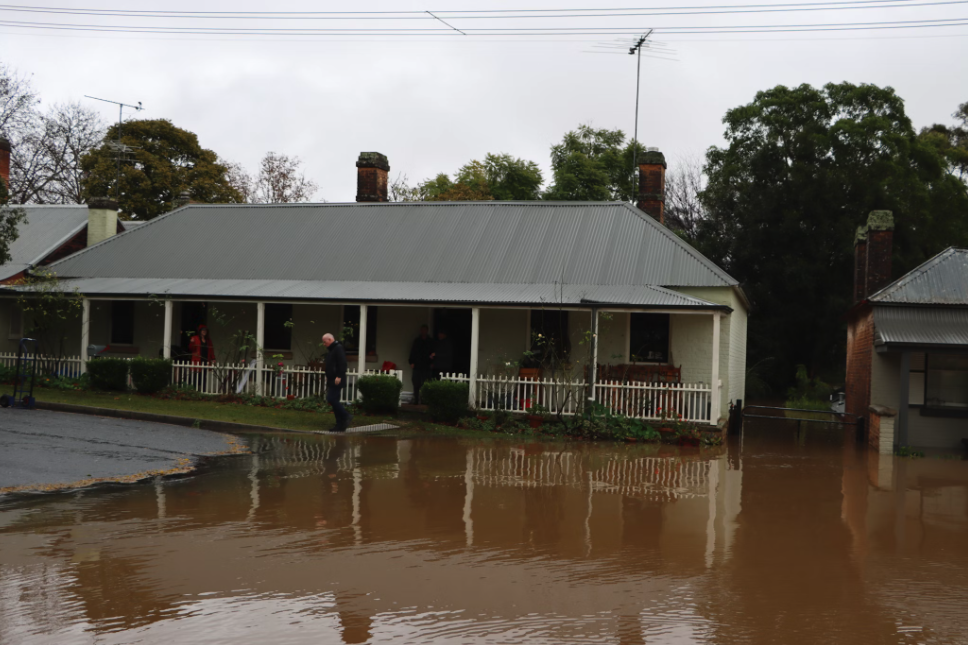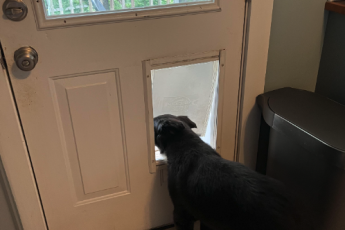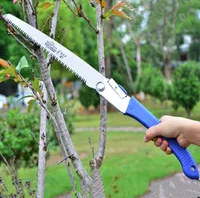How Water Damage and Mold Remediation Companies Can Win More Emergency Leads Through SEO

If you are working in the water and mold damage industry, this article could be for you!

When a pipe bursts at 3 AM or a homeowner discovers mold behind their walls, their first instinct is to grab their phone and search Google. “Water damage repair near me.” “Emergency mold removal.” “Who can help with flooding?”
If your restoration company isn’t showing up in those critical first few search results, you’re losing high-value jobs to competitors. The difference between being on page one versus page three of Google can mean the difference between a thriving business and struggling to fill your schedule.
Here’s how specialized SEO helps water damage and mold remediation companies capture more emergency leads.
The Unique Challenge of Restoration Marketing
Unlike most industries, restoration companies deal with customers in crisis mode. These aren’t people casually browsing—they need help immediately. This creates a unique marketing dynamic:
- Searches happen 24/7, often outside business hours
- Decision-making is compressed (homeowners call the first 2-3 companies they find)
- Local proximity matters enormously
- Trust signals (reviews, credentials, professionalism) are scrutinized quickly
Traditional marketing channels like billboards or print ads can’t capture this urgent, search-driven behavior. When someone needs emergency water extraction or mold testing right now, they’re going straight to Google.
Why Generic SEO Doesn’t Work for Restoration Companies
Many restoration businesses try basic SEO tactics—claiming their Google Business Profile, maybe writing a few blog posts—and wonder why they’re not getting results. The problem is that restoration SEO requires understanding emergency search patterns and local service intent.
For example, someone searching “water damage” might be researching for a school project. But someone searching “water damage cleanup [city name]” or “emergency water removal” has clear commercial intent. SEO for water damage companies focuses specifically on these high-intent, location-based queries that actually convert into paying customers.
The same principle applies to mold remediation. Homeowners don’t just search “mold”—they search “is black mold dangerous,” “mold testing near me,” or “mold removal cost.” Effective SEO for mold removal companies targets these specific queries that indicate someone is ready to hire a professional.
Key SEO Strategies That Drive Results
1. Dominate the Google Map Pack
The Map Pack (those three businesses that appear with map pins) captures the majority of clicks for local restoration searches. Getting your company into this space should be priority number one.
Essential tactics:
- Complete every section of your Google Business Profile
- Upload photos regularly (before/after shots, team photos, equipment)
- Respond to all reviews within 24 hours
- Post updates about seasonal tips or services
- Ensure your NAP (name, address, phone) is consistent across all online directories
2. Create Service-Specific Landing Pages
Don’t lump all your services onto one generic page. Create dedicated pages for:
- Water damage restoration
- Flood cleanup
- Burst pipe repair
- Sewage backup cleanup
- Mold inspection
- Mold remediation
- Mold testing
Each page should target specific keywords and answer the exact questions homeowners ask when dealing with that particular problem.
3. Build Content That Answers Emergency Questions
When homeowners discover water damage or mold, they have immediate questions. Creating helpful content positions your company as the trusted expert:
- “What to Do in the First Hour After Water Damage”
- “How Quickly Does Mold Spread After Water Damage?”
- “Does Homeowners Insurance Cover Mold Remediation?”
- “How Long Does Water Damage Restoration Take?”
- “Can I Stay in My Home During Mold Removal?”
This content serves dual purposes: it helps stressed homeowners find answers, and it signals to Google that your site is an authoritative resource.
4. Target Location-Based Keywords
Most restoration companies serve specific geographic areas. Your SEO strategy should reflect this with location-specific pages and content.
Instead of just optimizing for “water damage restoration,” target:
- “water damage restoration [city name]”
- “emergency water removal [neighborhood]”
- “mold remediation near [landmark]”
Create separate landing pages for each city or region you serve, with unique content about serving that specific area.
5. Earn Quality Backlinks
Google still uses backlinks as a major ranking signal. For restoration companies, the best links come from:
- Local news coverage (offer to be an expert source for disaster preparedness stories)
- Home services directories and review sites
- Insurance company resource pages
- Local business associations
- Educational content on home maintenance blogs
- Community organization websites
Quality matters more than quantity. A single link from a reputable local news site is worth more than dozens of links from irrelevant directories.
The ROI of Specialized Restoration SEO
Consider the lifetime value of a restoration customer. A single water damage job might be worth $3,000-$15,000. A mold remediation project could be $5,000-$25,000 or more. If proper SEO brings you just 2-3 additional jobs per month, the return far exceeds the investment.
Unlike paid advertising where leads stop the moment you stop paying, organic SEO builds compound value over time. The rankings you earn continue driving leads month after month, year after year.
Working with a restoration SEO company that understands the unique dynamics of emergency services means faster results and better targeting of high-intent searches.
Common SEO Mistakes Restoration Companies Make
- Neglecting mobile optimization: Most emergency searches happen on phones
- Ignoring review management: Negative reviews or no reviews at all kill conversions
- Using stock photos: Homeowners want to see your actual team and real projects
- Forgetting to update business hours: If you offer 24/7 service, make sure it’s reflected everywhere online
- Not tracking phone calls: You need to know which keywords and pages are driving actual business
Measuring Success
Track these metrics to gauge your SEO performance:
- Organic traffic to service pages
- Phone call volume from organic search
- Google Business Profile impressions and clicks
- Keyword rankings for priority terms
- Conversion rate from website visitors to leads
- Cost per lead compared to paid advertising
Most restoration companies see meaningful results within 3-6 months, with continued improvement over 12+ months as authority builds.
Conclusion
The restoration industry is competitive, but most companies still haven’t invested seriously in SEO. This creates an opportunity for forward-thinking businesses to dominate local search results. When a homeowner discovers water damage or mold, they’re going to hire someone—the question is whether it’s you or your competitor. By implementing targeted SEO strategies, optimizing for emergency searches, and building local authority, you can ensure your company is the one getting those urgent calls.
The companies that win in restoration are the ones that show up first when it matters most. Start building your SEO foundation today, and position your business to capture more of those high-value emergency leads tomorrow.








